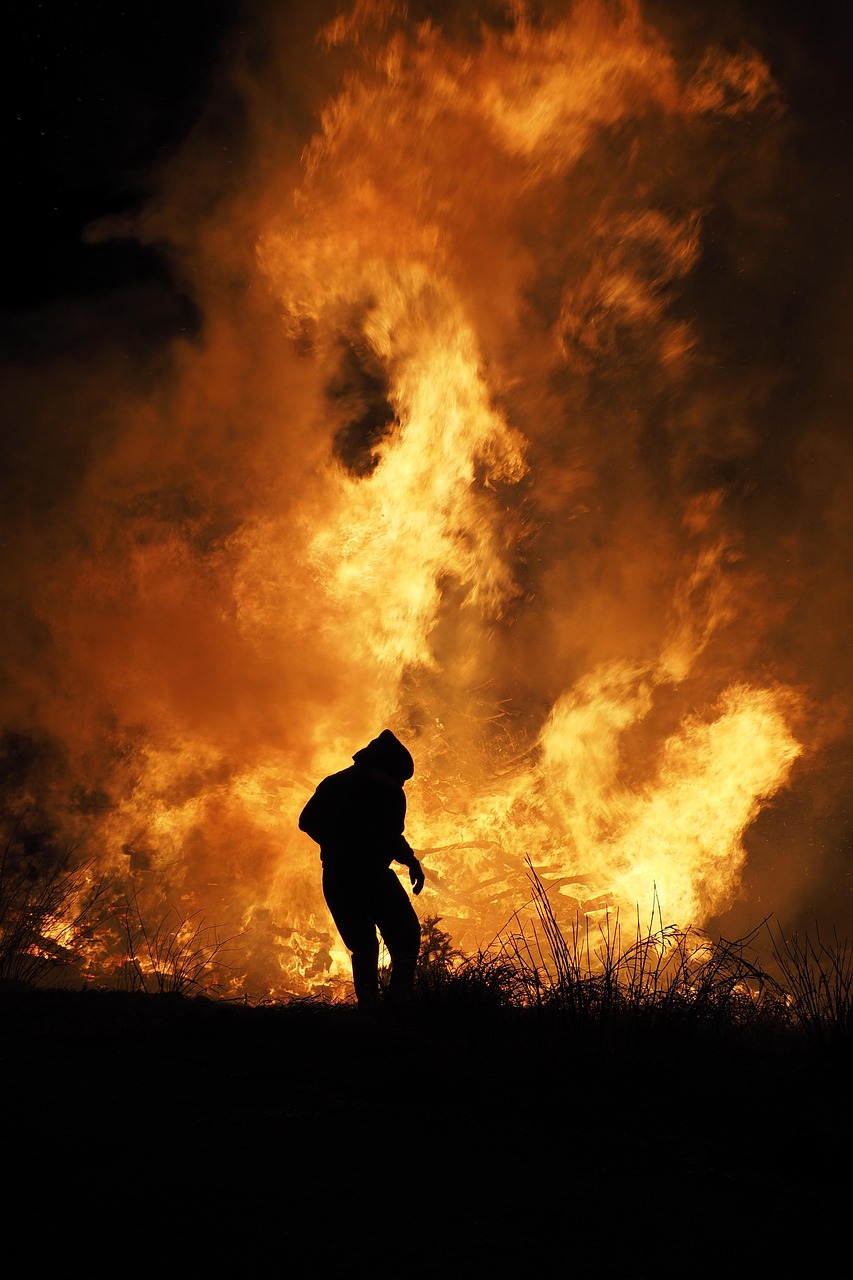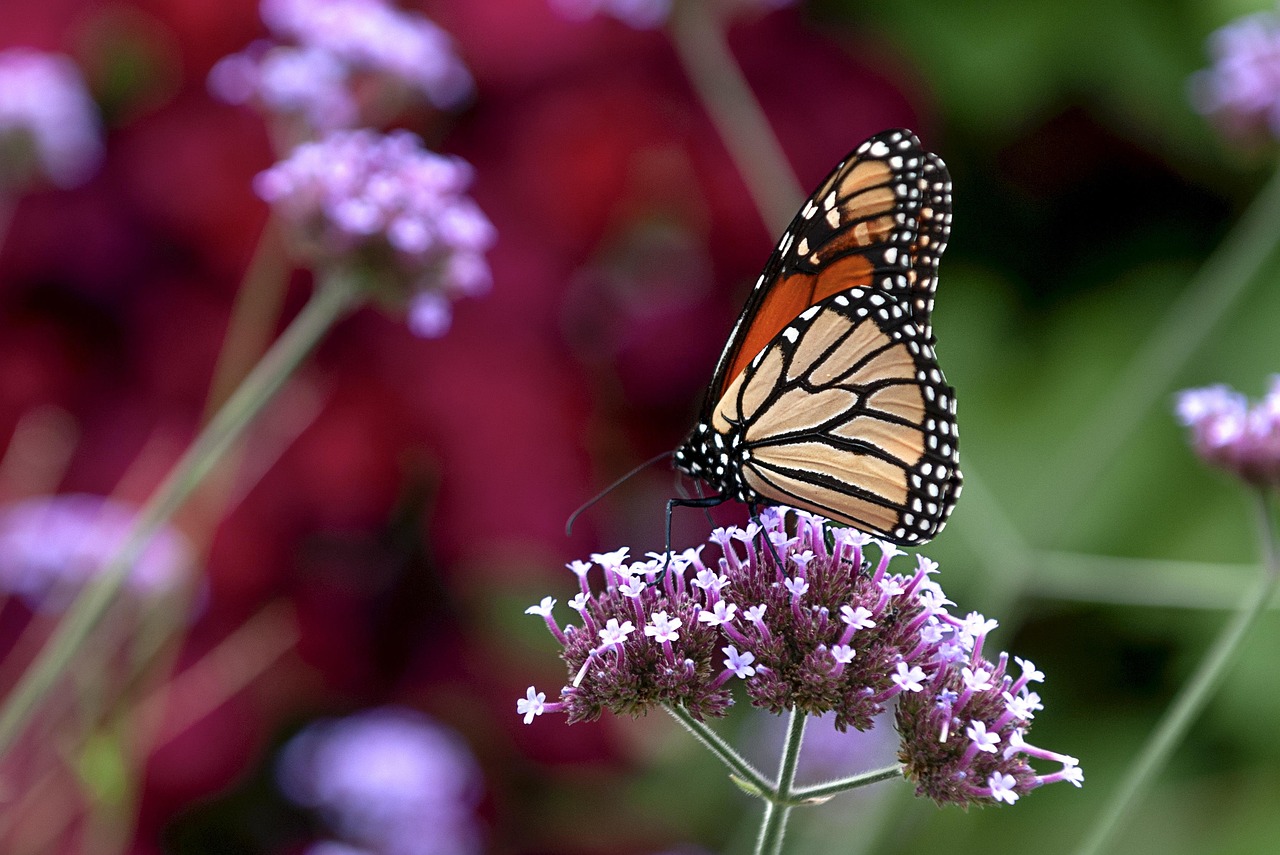Monarch butterflies employ a variety of predator defense strategies to enhance their survival. These include toxic chemical defenses, mimicry, and behavioral adaptations that deter predators and increase their chances of thriving in the wild.
Monarch butterflies are renowned for their striking orange and black wing patterns. These colors not only serve as a warning to potential predators but also signify their ability to survive despite being a common prey. The distinct coloration of monarchs is a result of their consumption of milkweed during their larval stages. Milkweed contains toxic compounds called cardenolides, which accumulate in the butterflies’ bodies. This toxicity is a significant factor in their defense strategy, making them unpalatable to many birds and other predators.
Understanding the survival strategies of monarch butterflies provides insight into the complex interactions within ecosystems. Predators such as birds, spiders, and lizards often seek out these butterflies for food. However, the monarch’s defenses have evolved over time to counteract these threats. The combination of chemical defenses, physical attributes, and behavioral strategies creates a robust survival toolkit.
Key Defense Mechanisms

Monarch butterflies utilize several key mechanisms to protect themselves from predation. These strategies can be broadly categorized into chemical defenses, mimicry, and behavioral adaptations.
Chemical Defenses
The primary line of defense for monarch butterflies lies in their chemical makeup. The cardenolides they ingest from milkweed serve a dual purpose: they provide nourishment during the caterpillar stage and confer toxicity to the adult butterfly. Many birds learn to associate bright colors with unpleasant tastes, which helps to reduce the likelihood of future attacks.
Mimicry
Mimicry plays an essential role in the survival of monarch butterflies. They are often confused with other species that possess similar coloration, such as the viceroy butterfly. Although viceroys are not toxic, their resemblance to monarchs helps them avoid predation by taking advantage of the same learned aversion that predators develop towards the toxic monarch.
Types of Mimicry
- Batesian Mimicry: This occurs when a non-toxic species imitates the appearance of a toxic one to avoid predation.
- Müllerian Mimicry: In this case, two or more unpalatable species evolve similar warning signals, reinforcing the avoidance behavior in predators.
Behavioral Adaptations
In addition to their physical and chemical defenses, monarch butterflies exhibit certain behaviors that enhance their survival. They tend to be solitary, which makes it harder for predators to locate them. When threatened, monarchs may also engage in erratic flight patterns to evade capture.
Furthermore, during their migratory journey, monarchs can gather in large groups. This phenomenon is known as a “murmuration.” By flying in numbers, they not only confuse potential predators but also increase their chances of survival through collective vigilance.
Table of Monarch Butterfly Defense Strategies
| Defense Mechanism | Description |
|---|---|
| Chemical Defense | Accumulation of toxins from milkweed makes them unpalatable. |
| Mimicry | Resemblance to other toxic species deters predators. |
| Behavioral Adaptations | Erratic flight patterns and gathering in groups enhance survival. |
The combination of these defense mechanisms illustrates how monarch butterflies have successfully adapted to their environment over millions of years. Their unique strategies not only promote individual survival but also contribute to the species’ overall resilience against predators.
Impact of Environmental Factors on Monarch Defense Strategies
The survival strategies of monarch butterflies are not only shaped by their biological traits but also significantly influenced by environmental factors. These factors include habitat availability, weather conditions, and the presence of other species within their ecosystem. Understanding these influences offers deeper insight into how monarchs adapt their defensive behaviors and physiological traits to thrive.
Habitat Availability
Monarch butterflies are primarily found in North America, where they depend on specific habitats to support their life cycle. These habitats include meadows, fields, and areas with abundant milkweed plants. The availability of milkweed is crucial, as it serves as the primary food source for monarch caterpillars. A reduction in suitable habitats can lead to decreased food availability, which directly affects their development and ability to produce toxins.
- Milkweed Types: Various species of milkweed provide different levels of toxins. The presence of certain types can influence the toxicity levels in monarchs.
- Urbanization: Urban development reduces natural habitats, leading to challenges in finding sufficient food sources.
Weather Conditions
Weather plays a crucial role in the survival of monarch butterflies. Temperature, humidity, and precipitation can all impact their behavior and physiology. Monarchs are sensitive to temperature changes, which can affect their metabolism and activity levels.
- Temperature: Monarchs are ectothermic, meaning they rely on external heat sources to regulate their body temperature. Cold weather can slow them down, making them more vulnerable to predators.
- Rain: Heavy rainfall can wash away milkweed plants and disrupt their habitats. It can also lead to increased mortality rates if butterflies are unable to find shelter.
Predator Adaptations and Counter-Strategies
In response to the defenses employed by monarch butterflies, various predators have developed their own adaptations. This ongoing evolutionary arms race highlights the dynamic nature of predator-prey relationships.
Birds: Learning and Adaptation
Birds are among the primary predators of monarch butterflies. Over time, many species have learned to recognize the warning signals associated with toxicity. However, some birds may still attempt to consume monarchs.
- Visual Learning: Birds are capable of learning from experience. Once they taste a toxic monarch, they often avoid similar-looking butterflies in the future.
- Tactile Exploration: Some birds may use their beaks to explore potential prey before consumption, allowing them to identify unpalatable species.
Insect Predators
In addition to birds, various insects also prey on monarch butterflies. These include spiders and predatory beetles that may not be deterred by the butterflies’ toxic defenses.
- Spider Webs: Spiders create webs that can ensnare butterflies. Monarchs that stray too close to these webs can fall victim regardless of their toxicity.
- Adaptive Predation: Some insects may have developed tolerance to certain toxins found in monarchs, allowing them to consume these butterflies without adverse effects.
Future Challenges for Monarch Butterflies
The future of monarch butterflies and their defense strategies faces several challenges. Human activities and climate change are significant threats that can alter their habitats and food sources.

- Climate Change: Changes in temperature and precipitation patterns can affect milkweed growth and distribution, impacting caterpillar survival rates.
- Pesticide Use: The use of pesticides in agricultural practices can reduce milkweed populations and directly harm monarchs.
The resilience of monarch butterflies is tested continually as they navigate these challenges. Their ability to adapt is crucial not only for their survival but also for maintaining biodiversity in ecosystems where they play an important role.
Conservation Efforts for Monarch Butterflies

Given the challenges faced by monarch butterflies, various conservation efforts have been initiated to protect their populations and habitats. These efforts aim to address the decline in monarch numbers and ensure the survival of this iconic species for future generations.
Habitat Restoration
One of the primary strategies for conserving monarch butterflies is habitat restoration. This involves re-establishing milkweed and nectar-producing plants in areas where they have diminished or disappeared.
- Planting Milkweed: Community initiatives encourage the planting of native milkweed species in gardens, parks, and along roadsides to provide essential breeding grounds for monarchs.
- Nectar Plants: Alongside milkweed, planting a variety of nectar-producing flowers ensures that adult butterflies have adequate food sources during migration and throughout their lifecycle.
Educational Programs
Education plays a crucial role in conservation efforts. Raising awareness about the importance of monarch butterflies and their ecological role can inspire individuals and communities to participate in conservation activities.
- School Programs: Many schools incorporate butterfly gardens and educational curricula focusing on monarchs, emphasizing their life cycle, migration patterns, and the importance of conservation.
- Community Workshops: Local organizations often host workshops that teach residents about gardening for butterflies, the significance of native plants, and how to create butterfly-friendly environments.
Research Initiatives
Research plays a vital role in understanding the needs and behaviors of monarch butterflies. Various institutions and organizations are conducting studies to gather data on their migration patterns, population dynamics, and threats they face.
Tracking Migration
Researchers utilize advanced tracking methods to monitor the migratory routes of monarch butterflies. This information is crucial for understanding how environmental changes impact their journey.
- GPS Tracking: Some researchers attach lightweight GPS devices to butterflies to track their movements across vast distances, providing insights into migration timing and patterns.
- Citizen Science: Programs that engage citizen scientists allow enthusiasts to report sightings and tag butterflies, contributing valuable data to ongoing research efforts.
Studying Population Genetics
Understanding the genetic diversity within monarch populations helps researchers assess their resilience to environmental changes. Studies on genetics can reveal how populations adapt to varying ecological conditions.
- Diversity Assessment: Genetic studies help identify distinct populations and their unique adaptations, which can inform conservation strategies tailored to specific groups.
- Impact of Inbreeding: Research also examines the effects of inbreeding on monarch health and adaptability, providing insights into population management strategies.
Legislative Actions
Legislative measures are critical for protecting monarch habitats and ensuring sustainable practices that benefit both the butterflies and their ecosystems. Various policies and regulations are being implemented at local, national, and international levels.
- Protected Areas: Establishing protected areas where milkweed and other native plants thrive helps conserve vital habitats for monarchs.
- Pesticide Regulations: Advocating for stricter regulations on pesticide use can mitigate harmful impacts on monarch populations and their habitats.
The combination of habitat restoration, education, research initiatives, and legislative actions provides a comprehensive approach to conserving monarch butterflies. By addressing both immediate threats and long-term sustainability concerns, these efforts aim to safeguard this remarkable species for generations to come.
Future Research Directions

The ongoing conservation efforts for monarch butterflies highlight the need for continued research to address emerging challenges. As environmental conditions change, new strategies will be necessary to ensure the survival of this species. Several areas of focus for future research include:
- Climate Impact Studies: Understanding how climate change affects the life cycle, migration patterns, and reproductive success of monarchs is crucial. Research in this area can help predict how shifting weather patterns may influence their populations.
- Pollinator Interactions: Investigating the relationship between monarchs and other pollinators can provide insights into ecosystem health. These interactions are vital for sustaining the habitats that support monarch populations.
- Management Strategies: Developing adaptive management strategies based on ecological research can help mitigate threats such as habitat loss and pesticide exposure.
Community Involvement and Engagement
Community involvement is essential for the success of conservation initiatives. Engaging local communities in monitoring and protecting monarch habitats fosters a sense of responsibility and stewardship. Programs that empower individuals to participate in conservation efforts can have lasting impacts. Examples of community engagement include:
- Citizen Science Projects: Encouraging residents to engage in citizen science projects can increase awareness and provide valuable data on monarch populations. These projects often involve monitoring butterfly sightings, documenting migration patterns, and reporting findings to researchers.
- Local Gardening Initiatives: Community gardening programs focused on planting native species, including milkweed, can enhance local habitats. Workshops that teach residents about creating butterfly gardens can promote biodiversity.
- Advocacy Campaigns: Mobilizing communities to advocate for policies that protect monarch habitats can lead to significant changes at the legislative level. Grassroots movements play an integral role in driving environmental policy changes.
Final Thoughts
The survival of monarch butterflies is a testament to the resilience of nature and the intricate relationships within ecosystems. Their unique predator defenses, combined with ongoing conservation efforts, underscore the importance of maintaining biodiversity. As climate change and human activities continue to pose threats, it is imperative that we remain vigilant in our efforts to protect these remarkable insects.
Through habitat restoration, education, research, and community engagement, we can create a supportive environment for monarchs to thrive. Every individual effort contributes to a larger movement aimed at preserving not just the monarch butterflies but also the ecosystems they inhabit. By fostering awareness and taking action, we can ensure that future generations will continue to marvel at the beauty and complexity of these incredible creatures.
Monarch butterflies serve as a symbol of the delicate balance of nature and the urgent need for concerted conservation efforts. With continued dedication and collaboration, we can work towards a future where these butterflies not only survive but flourish in their natural habitats.
